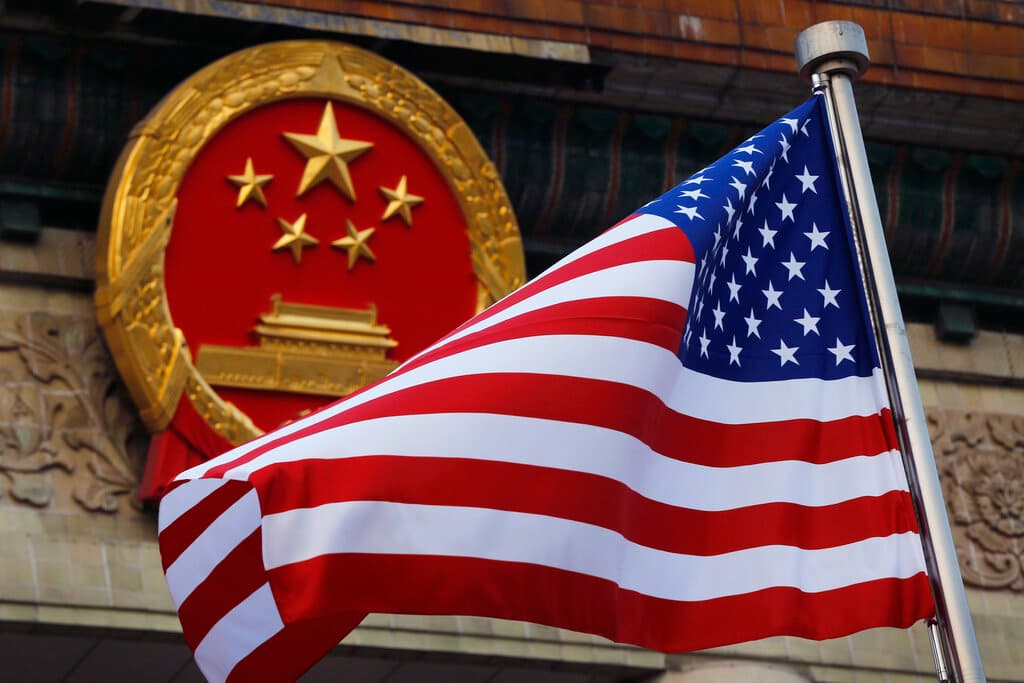Air Force Downs Spy Balloon as China Downplays Blinken Visit Cancellation
Air Force fighters downed the spy balloon, and a recovery operation was under way Saturday to recover debris. The State secretary had been due to visit Beijing on Sunday.

Updated at 3:20 P.M. E.S.T.
Please check your email.
A verification code has been sent to
Didn't get a code? Click to resend.
Have an account? Log In
To continue reading, please select:
Limited Access
Enter your email to read for FREE
Get 1 FREE article
Continue with
or
Unlimited Access
Join the Sun for a PENNY A DAY
$0.01/day for 60 days
Cancel anytime
100% ad free experience
Unlimited article and commenting access
Full annual dues ($120) billed after 60 days
